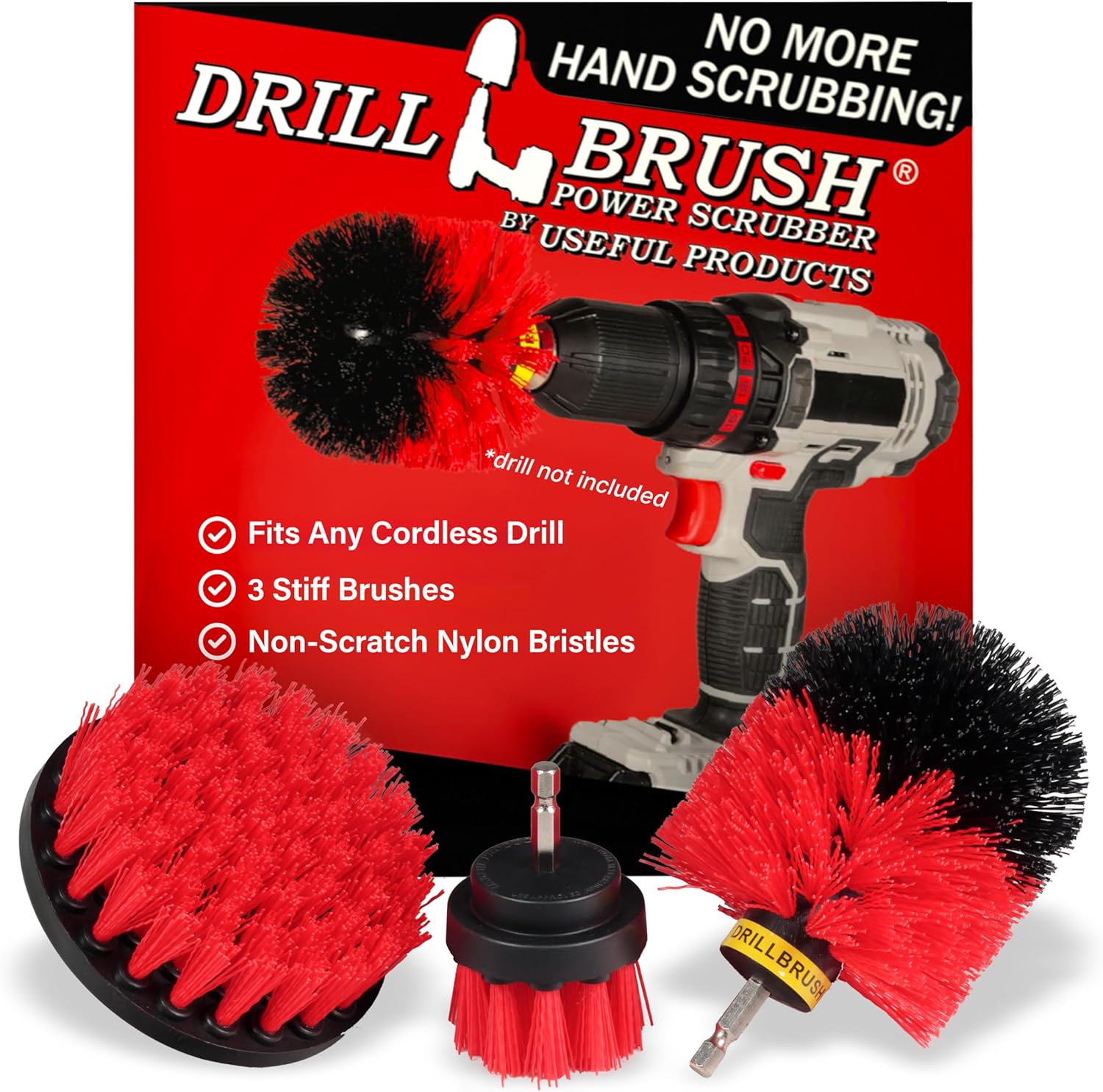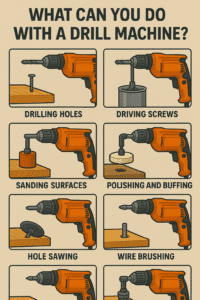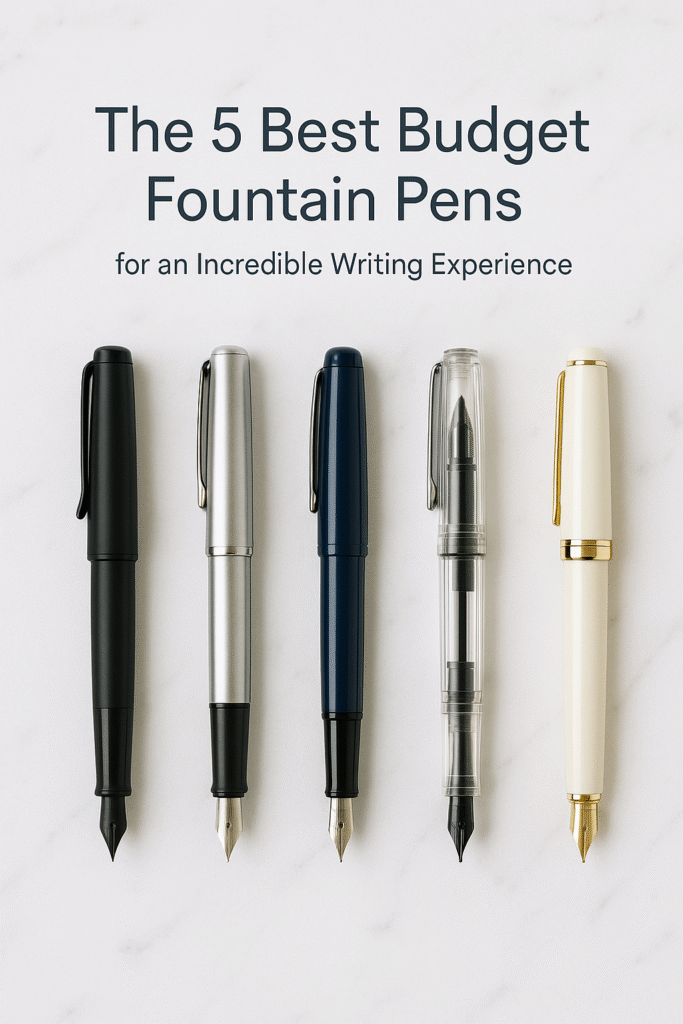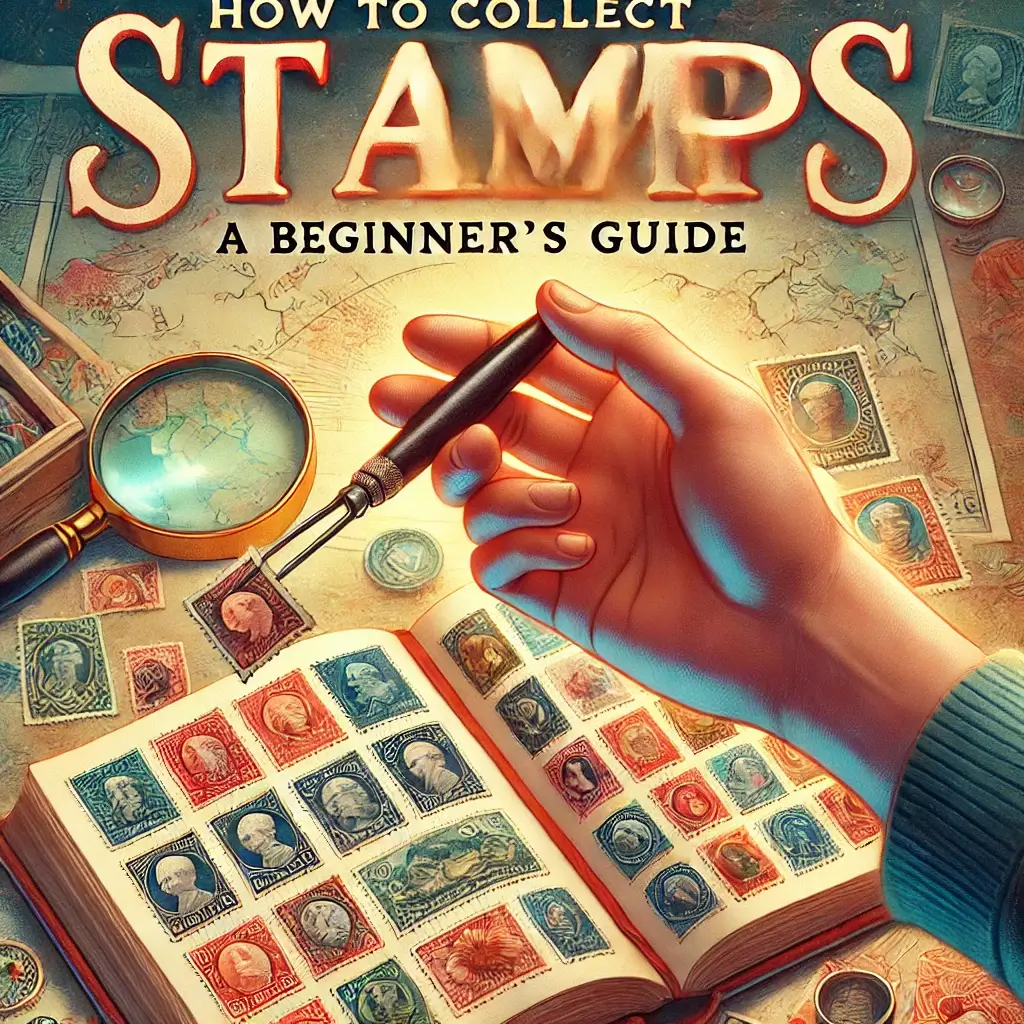What Can You Do with a Drill Machine? Top Uses and Applications
For most people, a drill has two jobs: making holes and driving screws. And while it excels at those tasks, thinking that’s all it can do is like thinking a smartphone is only for making calls. In reality, a modern drill machine is one of the most versatile and adaptable power tools in your entire arsenal. It’s a true multi-tool platform, limited only by your imagination and the attachments you own.
If you’ve only been using your drill to hang the occasional picture frame, you’re leaving a world of power and convenience on the table. From deep cleaning your bathroom tile and mixing paint to planting your garden and even pumping water, your drill is capable of so much more.
In this guide, we’ll unlock the full potential of your drill. We’ll start with the basics and then dive deep into the surprising, clever, and incredibly useful applications that can save you time, money, and a whole lot of elbow grease. Get ready to see your drill in a completely new light.
The Foundation: Mastering the Core Functions
Let’s start with the two tasks a drill was born to do. Getting these right is the foundation for everything else.
Drilling Holes: The Primary Mission
This is its namesake and its most critical function. Creating clean, accurate holes in various materials is essential for countless projects.
- Wood: Whether you’re a fine woodworker or just assembling a project, you’ll need to drill pilot holes for screws (to prevent splitting), holes for dowels, or large openings with spade bits or Forstner bits.
- Metal: With the right bits (cobalt or titanium-coated), a drill can make clean holes in steel, aluminum, and other metals for fabrication or repairs. Using a little cutting fluid helps extend the bit’s life.
- Drywall & Plaster: This is essential for homeownership. A drill makes quick work of creating holes to install drywall anchors for hanging heavy items like TVs, mirrors, and shelves securely.
- Masonry (Brick & Concrete): This is where you separate standard drills from the pros. To drill into hard materials like concrete, you must use a hammer drill. Its specialized hammering action pulverizes the material, allowing the bit to bore in.
Driving Screws: The Unsung Hero
Right behind drilling holes is driving screws. A drill with a driver bit makes assembling furniture, building decks, and general construction projects incredibly fast and efficient compared to using a manual screwdriver.
Pro Tip: Use the adjustable clutch on your drill/driver (the numbered collar behind the chuck). Start at a low number and work your way up. The clutch will disengage the motor at a set torque, preventing you from stripping the screw head or driving it too deep into your material.
Beyond the Basics: 10 Surprising Uses for Your Drill
Now for the fun part. With the right attachment, your drill transforms into a completely different tool. Here are some of the most powerful and useful applications you might not have considered.
1. Heavy-Duty Cleaning & Scrubbing
Forget scrubbing on your hands and knees. A set of drill brush attachments turns your drill into a high-powered cleaning machine, saving you an incredible amount of time and effort.
- Grout Lines: Blast away years of grime from tile grout in your kitchen and bathroom.
- Car Detailing: Deep clean tires, rims, and floor mats.
- Grill Grates: Use a wire brush attachment to make short work of caked-on grease and char.
- Tubs & Showers: Power through soap scum and hard water stains with ease.

Attachment Spotlight: Drill Brush Power Scrubber Set
This is the kit that will change the way you clean. Typically including several brush shapes and stiffness levels, these attachments are perfect for a huge range of cleaning tasks. The nylon bristles are tough on grime but won’t scratch most surfaces. It’s one of the most popular and highest-rated drill accessories for a reason.
Common Uses: Grout, tires, showers, upholstery, siding
Drill Needed: Any standard corded or cordless drill
2. Mixing Paint, Mortar, and More
Stirring a can of paint with a wooden stick is slow, messy, and rarely does a good enough job. For a perfectly consistent mix, a paddle mixer attachment is a must-have. This is especially true for thicker materials.
For this job, a powerful, low-speed drill is your best friend. The high torque prevents the motor from burning out. This is a perfect application for one of the best corded drills, as they provide consistent torque without draining a battery.

Attachment Spotlight: Edward Tools Paddle Mixer
This simple but effective tool will save your arms. Just chuck it into your drill, and you can mix a gallon of paint, a bucket of drywall mud, or thin-set mortar in seconds. The hex shank provides a secure grip in the drill’s chuck, preventing slippage under load. It’s a must-have for any serious painting or tiling project.
Common Uses: Paint, drywall mud, epoxy, mortar
Drill Needed: A powerful 1/2-inch drill (corded recommended)
3. Sanding, Stripping, and Rust Removal
For detail sanding or stripping paint and rust from metal, a drill can be more precise than a dedicated sander. A variety of attachments are available for this.
- Flap Discs: These are excellent for aggressively removing rust or old paint from metal surfaces before refinishing.
- Sanding Pads: A backing pad with hook-and-loop sandpaper discs allows for fine-finishing on small wood projects or hard-to-reach areas.
- Wire Wheels: Like the cleaning brushes, but made of steel or brass, these are perfect for heavy-duty rust and corrosion removal.
4. Cutting Large Diameter Holes
Need to run a pipe through a wall, install a new doorknob, or cut an opening for recessed lighting? A standard drill bit won’t work. For this, you need a hole saw.

Attachment Spotlight: DEWALT Bi-Metal Hole Saw Kit
A hole saw kit is an essential accessory for plumbers, electricians, and serious renovators. This set from DEWALT includes a range of common sizes. The bi-metal construction allows them to cut through wood, plastic, and metal. Using a hole saw requires a powerful drill with a side handle for control, as they can bind and create a lot of torque.
Common Uses: Installing locks, running conduit/plumbing, recessed lighting
Drill Needed: A powerful 1/2-inch drill with a side handle
5. Planting Your Garden
Yes, you read that right. One of the most clever uses for a powerful drill is in the garden. An earth auger attachment turns your drill into a mini power-digger.
This is a fantastic way to save your back and knees. It makes planting dozens of bulbs or annuals a quick and easy job. You can also use larger augers for digging post holes for fences or mailboxes.

Attachment Spotlight: Garden Auger Spiral Drill Bit
This simple tool will revolutionize your planting process. It drills perfect holes in your soil, making it easy to drop in bulbs, seedlings, or small plants. It’s also great for aerating your compost pile or mixing fertilizer into your soil. Be sure to use a drill you can control, as it can grab if it hits a root or rock.
Common Uses: Planting bulbs, installing small posts, aerating soil
Drill Needed: A powerful drill, preferably with a side handle
6. Pumping Water
Need to drain a small fish tank, a rain barrel, or a flooded window well? A drill-powered pump is a surprisingly effective and affordable solution. These small pumps attach to your drill and use its rotational power to move water from one place to another.
7. Sharpening Blades
With a grinding stone attachment, your drill can become a handy sharpening tool. It’s perfect for putting a quick edge on lawnmower blades, shovels, axes, and other garden tools. Always wear safety glasses and gloves for this task.
8. Peeling Vegetables
This one is a fun party trick that’s also incredibly practical. For large batches of potatoes or apples, stick the vegetable on the end of a clean spade bit, run it at low speed against a peeler, and you can peel it in seconds!
9. Winding Ropes and Cords
Have a long extension cord, rope, or string line to wind up? Attach a small hook or bent nail into your drill’s chuck, catch the end of the cord, and let the drill do the winding for you.
10. Powering a Small Winch or Jack
For things like boat trailer jacks or stabilizer jacks on an RV, you can often use a socket adapter in your drill to raise and lower them much faster than using the manual hand crank.
Choosing the Right Drill for the Job
As you can see, the task determines the tool. Lighter jobs like driving screws can be done by any of the best cordless drills. But for high-torque jobs like mixing or using large augers, you’ll need a powerful model. Understanding the different types of drill machines is key. And the debate over which is better, corded or cordless, often comes down to whether you need mobility or unstoppable power.
Safety First: Important Reminders
With all these powerful applications comes the need for safety. A drill, especially when used with aggressive attachments, can be dangerous if not handled correctly.
- Always Wear Safety Glasses: Debris can be kicked up by any of these attachments.
- Use the Side Handle: For high-torque applications like using a hole saw, mixer, or auger, the side handle provides critical leverage to prevent the drill from twisting your wrist if it binds.
- Secure Your Workpiece: Use clamps to hold down what you’re working on.
- Start Slow: Use your drill’s variable speed trigger to begin slowly and ramp up as you gain control.
For a complete rundown on safe and effective operation, our guide on how to use a drill machine for home improvement is an essential read.
Frequently Asked Questions
Can I use a drill as a sander?
Yes, with the right attachment. A sanding backing pad with sandpaper discs or a flap wheel can be very effective for small projects, stripping paint, or sanding in tight spaces where a larger sander won’t fit.
What’s the best drill attachment for cleaning grout?
A small, round drill brush with stiff nylon bristles is perfect for grout. It fits right into the grout line and has the power to scrub away grime without being overly abrasive to the tile.
Can I mix concrete with a drill?
You can mix small batches of thin-set mortar, grout, or drywall mud. However, mixing heavy, aggregate-filled concrete is generally too demanding for even a powerful hand drill and can burn out the motor. For that, you should use a dedicated mortar mixer or mix it by hand.
Can a standard cordless drill be used for mixing paint?
Yes, for mixing standard latex or oil-based paint, most 18V or 20V MAX cordless drills have enough power. Just be aware that it will drain the battery much faster than drilling or driving.
Conclusion: It’s More Than Just a Drill
Your drill machine is a gateway to a vast world of DIY possibilities. It’s a cleaner, a mixer, a sander, a planter, and so much more. By investing in a few key attachments, you can multiply the value of your initial purchase tenfold and take on projects you never thought possible.
The next time you look at your drill, don’t just see a tool for making holes. See a powerful, adaptable partner ready to help you tackle your entire project list—and maybe even a few things you haven’t thought of yet.


